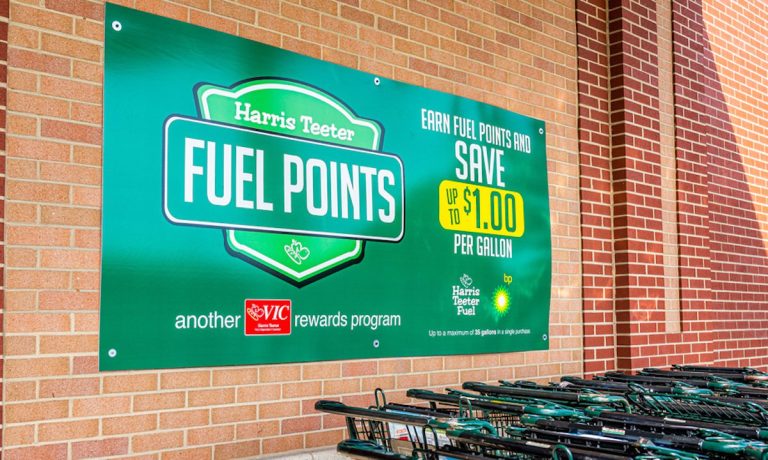
Amidst all the changes that have taken place over the last 18 months during the digital shift, one institution stands out from the rest: the grocery store. While consumers have been willing to forgo shopping at other physical retail outlets, the brick-and-mortar grocery store remains singularly compelling for them.
In fact, 94% of consumers still visit the grocery store to pick out products and pay in-store, and 82% say is their most preferred way to shop, according to What Consumers Expect From Their Grocery Shopping Experiences, a PYMNTS and ACI Worldwide collaboration that polled over 2,300 U.S. consumers in June.
See the study: What Consumers Expect From Their Grocery Shopping Experiences
By comparison, 34% of respondents said they buy groceries online, with just 18% saying that was their preferred grocery shopping channel.
A majority of consumers say they have access to loyalty programs and are members of the ones at their favorite grocery stores. Fifty-four percent of the consumers surveyed said a loyalty program is offered and they are a member. Another 6% said it is offered and they are not a member, and less than 1% said it is offered and they don’t know if they are a member.
Access to loyalty programs has major impacts on the grocery shopping decisions of both members and non-members. Sixty-three percent of those who say loyalty programs are offered and they are a member also say the programs impact their decisions about which grocery stores to use.
Non-members, too, are influenced by access to loyalty programs; 29% of those who say programs are offered but they are not a member also say the programs impact their shopping decisions.
Loyalty programs have taken on renewed importance in today’s digitally inflected landscape by offering consumers financial incentives to stick with their preferred stores. As a result, they appear to be keeping shoppers coming back at a time when physical location counts for less than it once did.